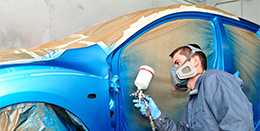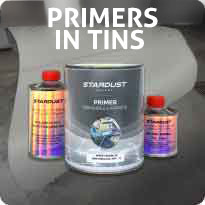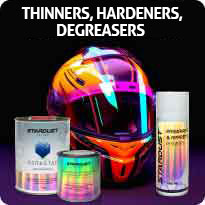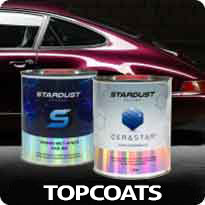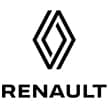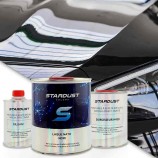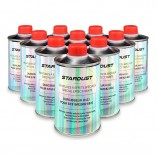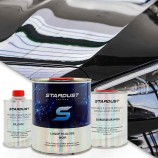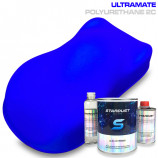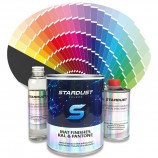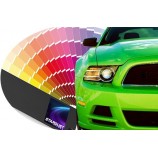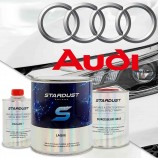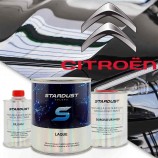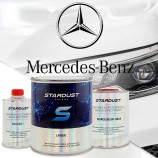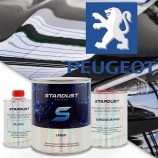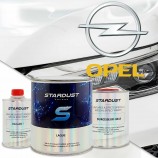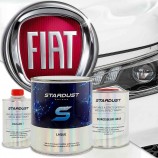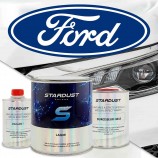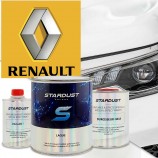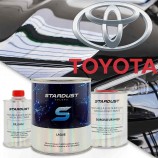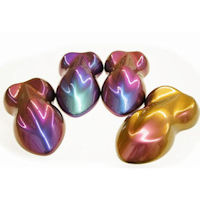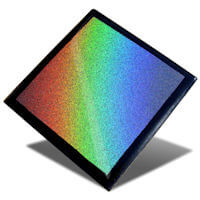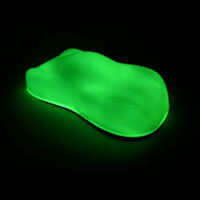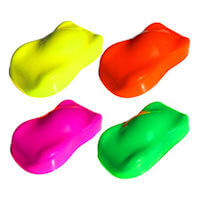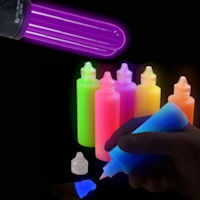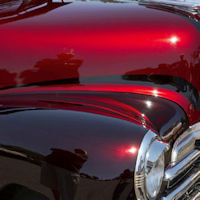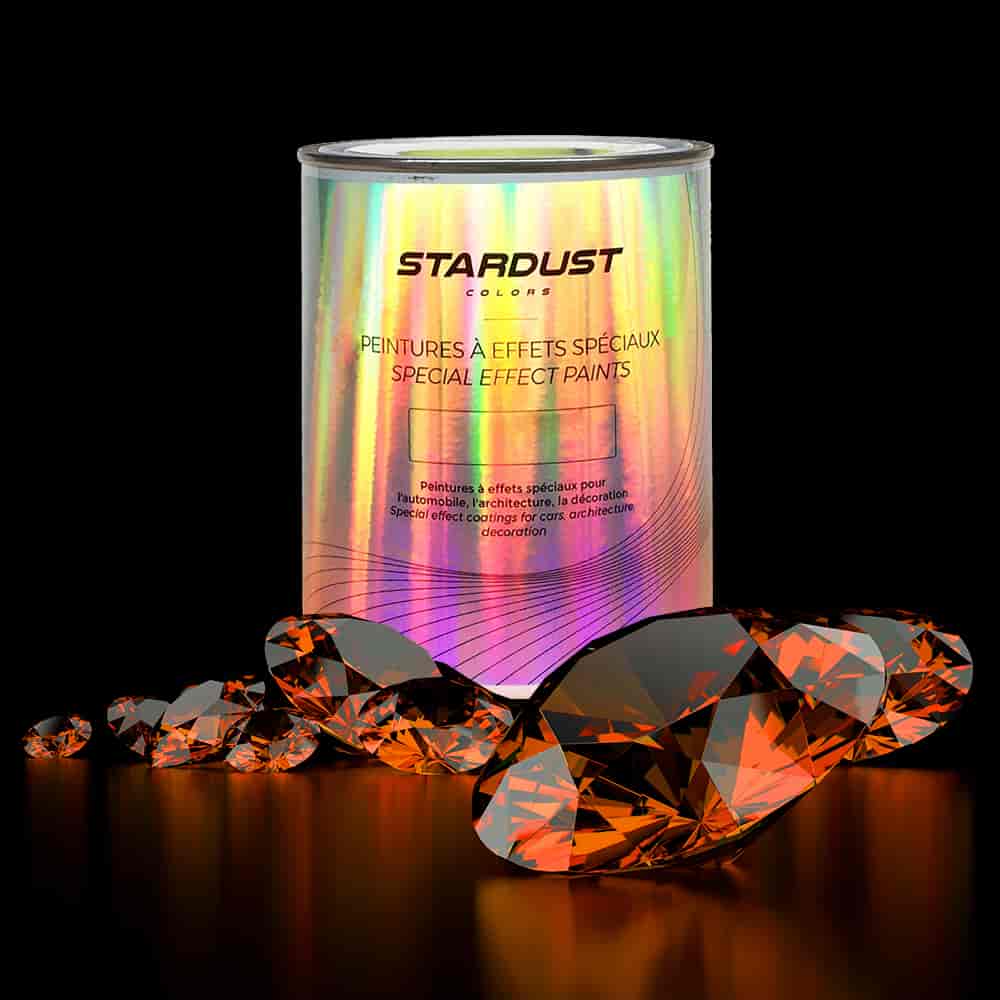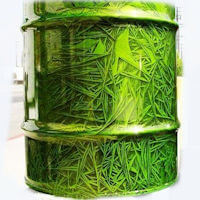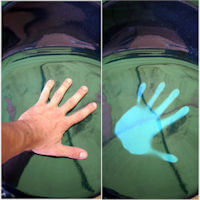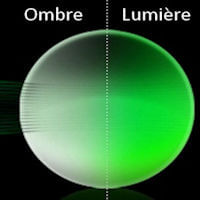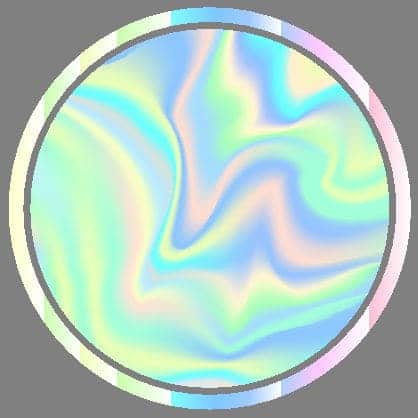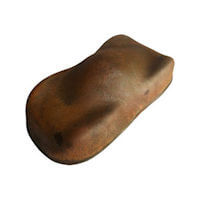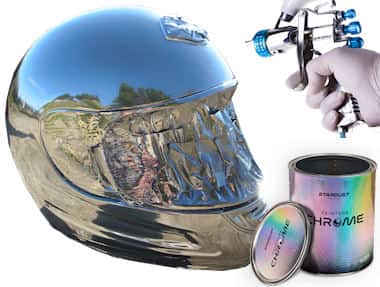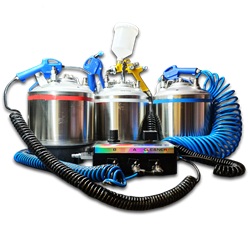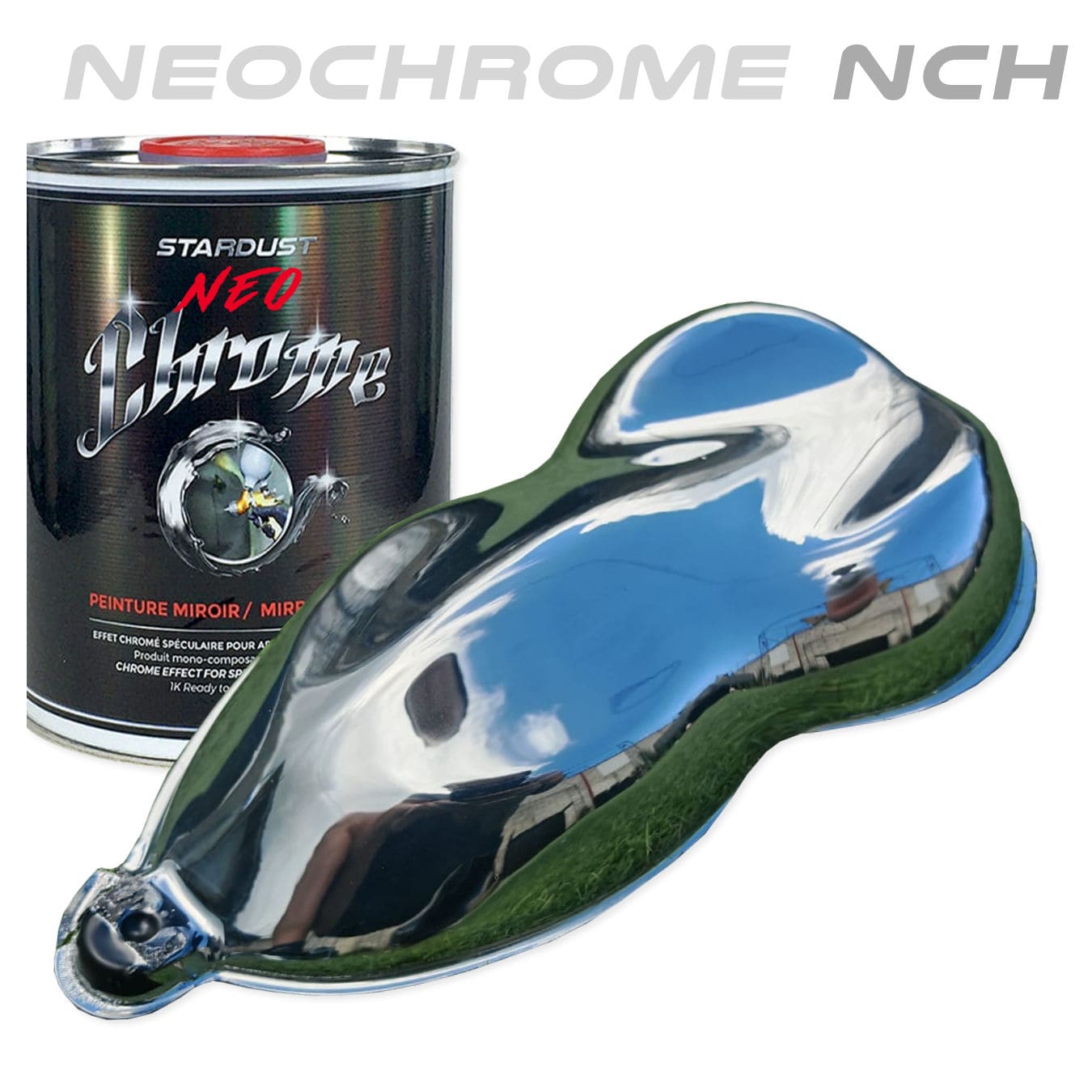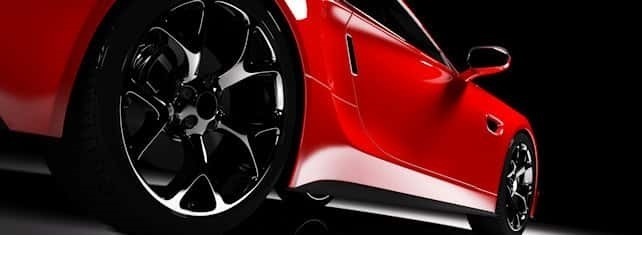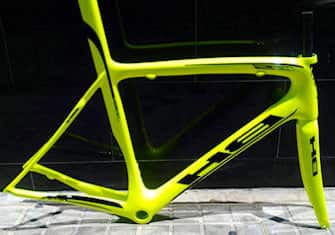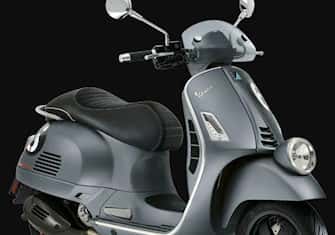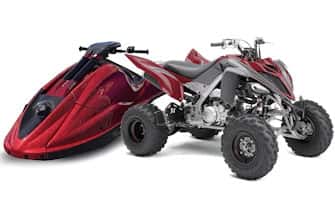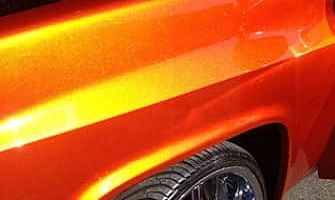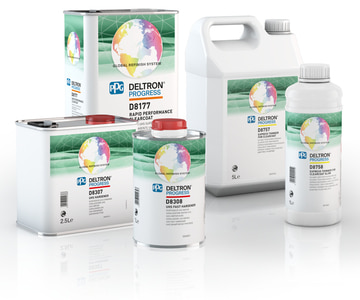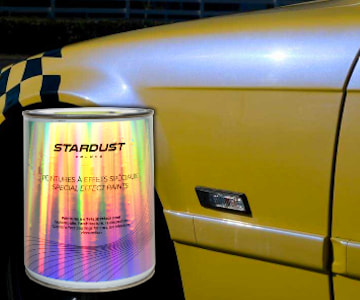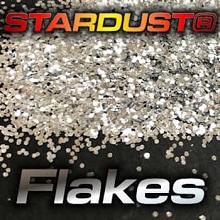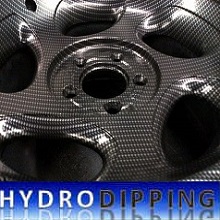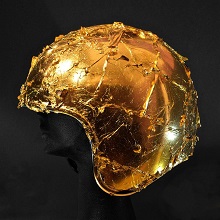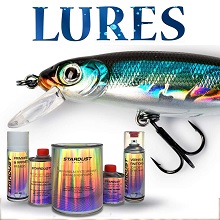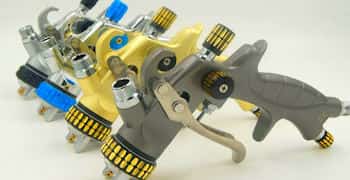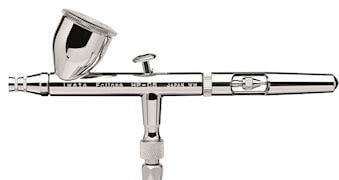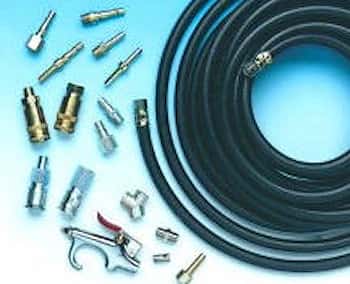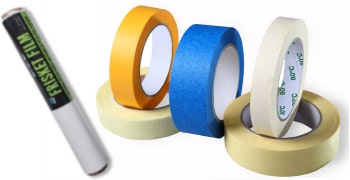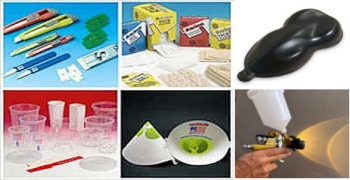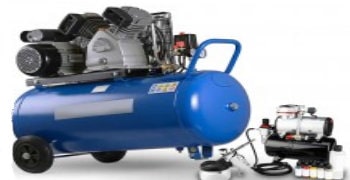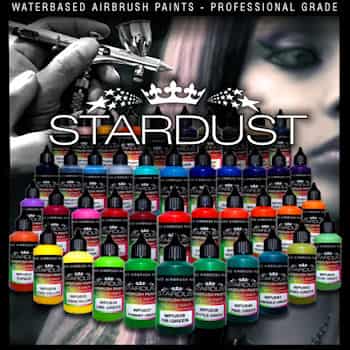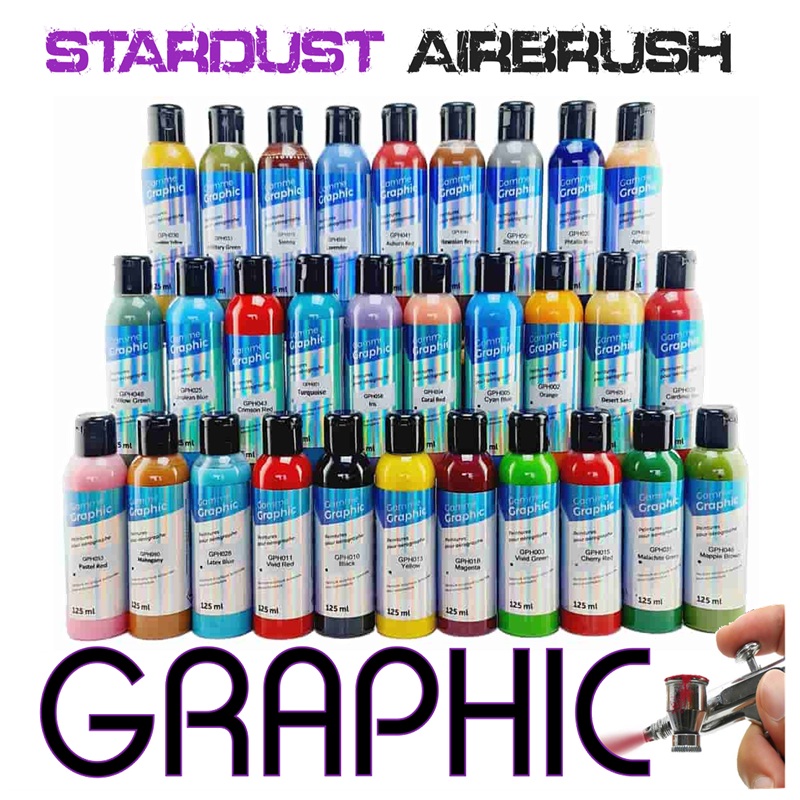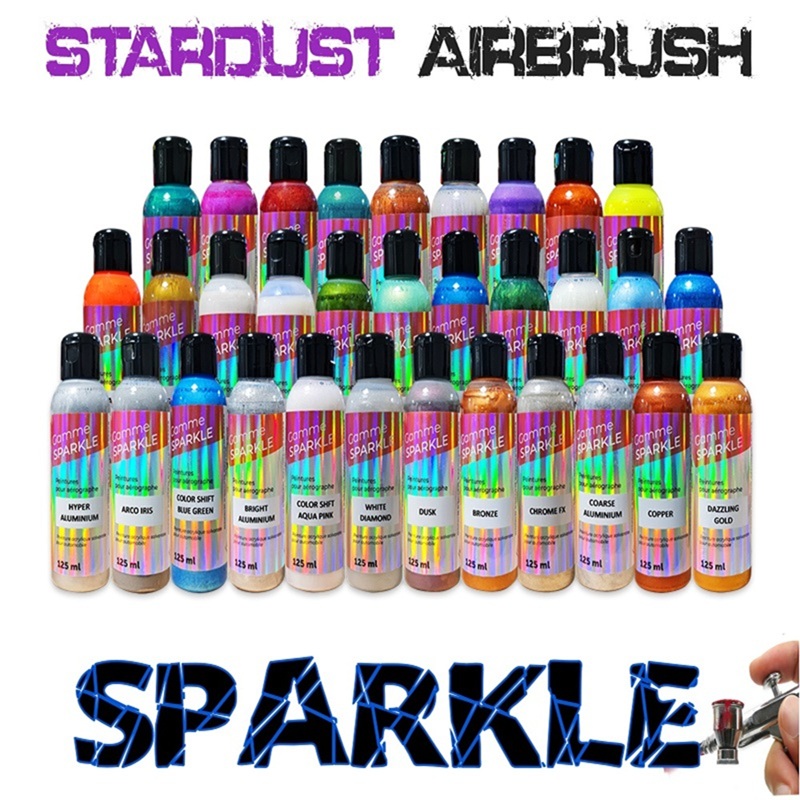Among other types of car paint, 2K car paints are glossy and resistant topcoats. They dry and harden slowly and are made with a hardener.
We offer 2K car paints in different versions: in basic colours, or based on a colour chart or manufacturers’ colours.
Composition : in the automotive field, these are solvent-based acrylic polyurethane paints. Acrylic resins provide weather resistance and durability. The solvents provide a high level of gloss and fast drying.
The term “polyurethane” refers to a two-component hardening reaction.
We also manufacture an even stronger epoxy–polyester–polyurethane blend under the name Hi-Gloss or Epoxy.
What is a 2K car paint ?
After drying — or more accurately, after hardening — a thick, hard, very glossy and very resistant film is obtained.
What are the advantages of a 2K car paint ?
Resistance : this type of car paint is among the most durable finishes available. We are talking about resistance to sunlight, bad weather (frost, heat, water), as well as resistance to scratches, rubbing and impacts.
When it comes to resistance to chemicals and fuels, only two-component paints offer such excellent performance.
The application of a 2K bi-component car paint
The usual application process involves 2 coats, with a waiting time of 5 to 10 minutes between them.
Respecting this interval allows proper de-solvation and helps avoid runs or sagging.
Applying a 2K paint with a spray gun is a delicate task:
You must achieve a beautiful, mirror-like gloss finish.
– Too little product: lack of gloss
– Too much: risk of drips
Recommended application temperatures: 15°C to 25°C.
What happens when the temperature is outside this range?
– If too warm, the product may dry too quickly, causing orange peel, loss of gloss, or even micro-bubbling.
– If too cold, the curing process is slowed down, and there is a greater risk of sagging.
Defects
Defects may easily appear if the application is careless.
Here’s a summary of the most common defects and their causes:
– Sagging/runs: too much 2K paint, hardener too slow, temperature too low
– Micro-bubbles: solvents trapped due to high temperature, failure to respect drying intervals between coats, or insufficient thinning
– Orange peel: insufficient product and/or poor dilution
The application of a 2K car paint
As expected, the application is done with a spray gun. The 2K paint must be precisely mixed with its hardener.
Once mixed, the product must be used quickly, as it begins to harden.
The 2K paint is applied in thick coats spaced 10 minutes apart, in the same way as a topcoat.
2K car paint : 3 types offered
2K polyurethane paints are used for cars, rims or trucks.
We offer 3 versions of 2K car paint on our store:
-
2K Hi-Gloss paint : high hardness, gloss, and fast drying
-
2K Besa Nato paint : high performance, adheres to all surfaces
-
2K Urki-VoC paint : high performance with low VOC content.
What is a finish?
A 2K paint is a finish because it is the final coat — the one that will be in direct contact with the exterior.
Bi-component :
The product requires a hardener. It does not dry with air or temperature alone.
Once the hardener (also called catalyst) is added, the painter must use the product within a limited time (called pot life or working life — usually about 30 minutes).
Hardeners are typically added at 20% to 50% by volume or weight.
The third component is the thinner, which is used to adjust the fluidity of the RFU product.
*RFU : « Ready for use »
A distinction is made between:
– the ready-to-use product (2K paint + hardener + thinner),
– and the pure product (before mixing).
The disadvantages and advantages of a 2K polyurethane paint ?
The product is more complex to mix and apply.
Note: Metallic or pearlescent shades cannot be formulated as 2K paints, because of pigment movement during drying.
Key definitions:
– De-solvation: the phase after application during which solvents evaporate
– Touch dry or dust-free: theoretical time at which the surface film is dry
– Through-drying: theoretical time for full-depth hardening
– Optimal drying: the point at which 90% of core hardening is achieved, usually after 48 hours to several days
– Sanding and polishing: can be done once the paint is fully hardened
– Solids content and VOC: Paint contains a proportion of solids and a variable proportion of evaporative content. The solids content refers to the amount of material remaining after solvent evaporation. VOC are the volatile organic compounds released during drying.







